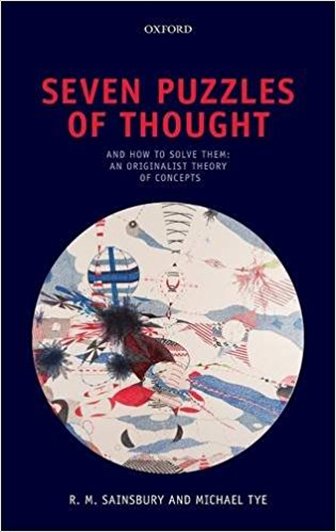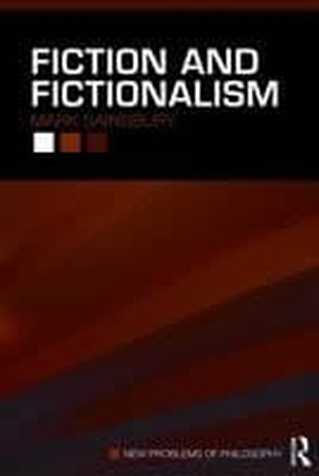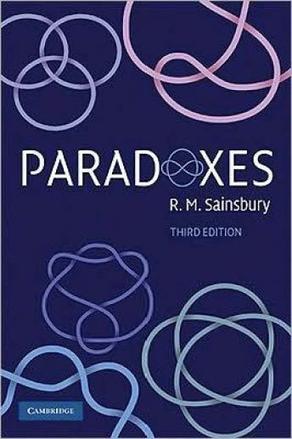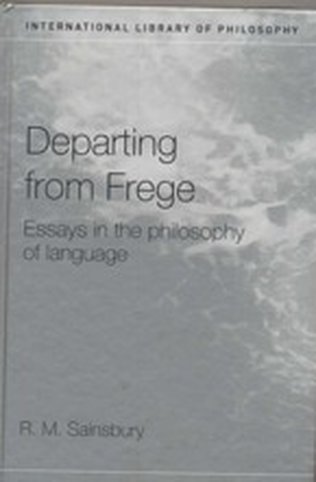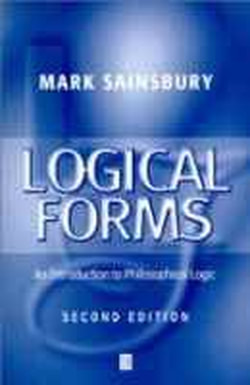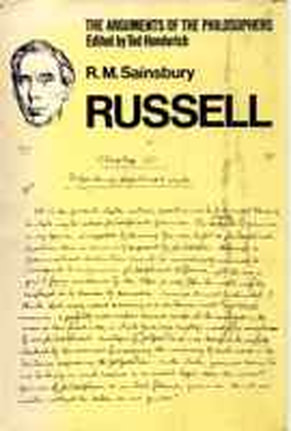Images and further details can be found below for the following books: Seven Puzzles of Thought, Fiction and Fictionalism, Paradoxes, Reference Without Referents, Departing from Frege, Logical Forms, Russell, and Thinking About Things. Here's an abstract of the last mentioned.
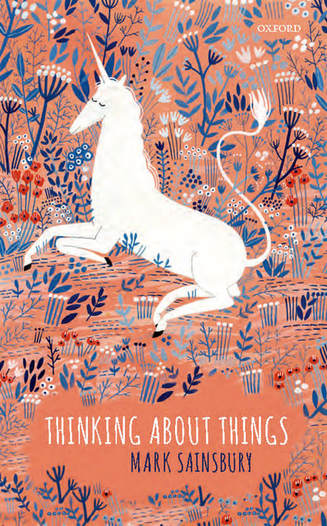
In the blink of an eye, I can redirect my thought from London to Austin, from apples to unicorns, from former President Obama to the mythical flying horse, Pegasus. How is this possible? How can we think about things that do not exist, given that they are not there to be thought about?
Thinking about, wanting, hoping and similar states are intentional states: they are directed on things or are about things. Taking as its framework a representational theory of mind, this book explains how intentional mental states are attributed, what their “aboutness” consists in, whether or not they are relational, and whether any of them require there to be nonexistent things.
The heart of the book is display theory, a claim about how concepts figure in attributions of intentional states: they are displayed, and the attribution is correct if the concepts displayed match those in the mind of the subject. When we say that Ursula is thinking about unicorns, we do not use the concept UNICORNS in the normal way, the way we would use it if we said there were unicorns in the park. Instead, we put the concept UNICORNS on display, and our attribution is correct if Ursula is exercising that concept in her thinking.
Display theory explains the intensionality of our attributions: some of them seem to involve nonexistent things, and they typically have semantic and logical peculiarities, like the fact that there may be no landscape that a representational landscape painting is a painting of. Display theory predicts that a concept that refers to nothing may be used in a correct attribution of what someone is thinking, explaining how Ursula can think about unicorns; and it allows that an indefinite concept, like A LANDSCAPE, may be displayed in describing what a painting is of, without commitment to there being a corresponding landscape.
The nature of concepts is critical to this story. I describe how they can be learned, originated and given a systematic semantic description, independently of whether there exist things to which they refer. There being no things we are thinking about does not mean we are not thinking about things. Tim Crane's review (NDRB).
Thinking about, wanting, hoping and similar states are intentional states: they are directed on things or are about things. Taking as its framework a representational theory of mind, this book explains how intentional mental states are attributed, what their “aboutness” consists in, whether or not they are relational, and whether any of them require there to be nonexistent things.
The heart of the book is display theory, a claim about how concepts figure in attributions of intentional states: they are displayed, and the attribution is correct if the concepts displayed match those in the mind of the subject. When we say that Ursula is thinking about unicorns, we do not use the concept UNICORNS in the normal way, the way we would use it if we said there were unicorns in the park. Instead, we put the concept UNICORNS on display, and our attribution is correct if Ursula is exercising that concept in her thinking.
Display theory explains the intensionality of our attributions: some of them seem to involve nonexistent things, and they typically have semantic and logical peculiarities, like the fact that there may be no landscape that a representational landscape painting is a painting of. Display theory predicts that a concept that refers to nothing may be used in a correct attribution of what someone is thinking, explaining how Ursula can think about unicorns; and it allows that an indefinite concept, like A LANDSCAPE, may be displayed in describing what a painting is of, without commitment to there being a corresponding landscape.
The nature of concepts is critical to this story. I describe how they can be learned, originated and given a systematic semantic description, independently of whether there exist things to which they refer. There being no things we are thinking about does not mean we are not thinking about things. Tim Crane's review (NDRB).
|
Seven Puzzles of Thought and How to Solve Them: An Originalist Theory of Concepts.
Oxford University Press 2012; paperback 2013 This is joint work with Michael Tye. The main idea is that concepts are to be individuated by their origin, rather than by their semantic or epistemic properties. This provides simple resolutions to a range of philosophical puzzles. The book was the topic of a one-day workshop at the Philosophy Institute in London in March 2012, and there is a podcast of the occasion. There was an author-meets-critics session at the Pacific APA, 3/28 2013. The critics were Paul Boghossian, Agustin Rayo and Mark Richard. |
